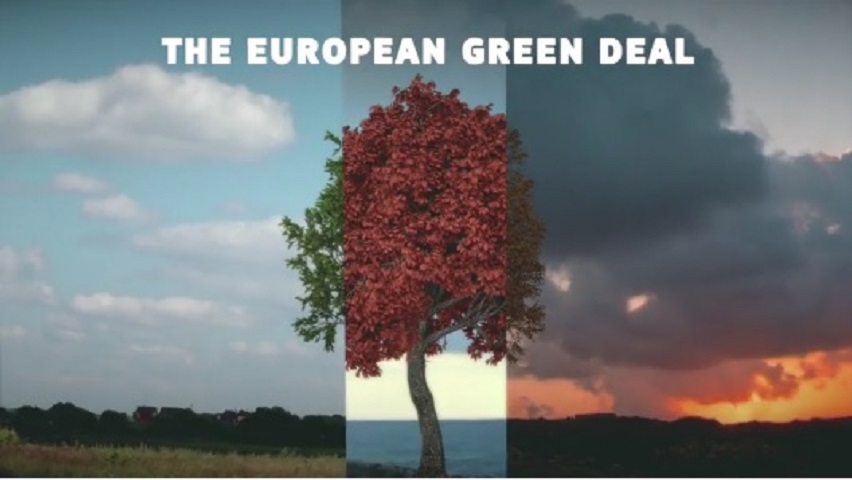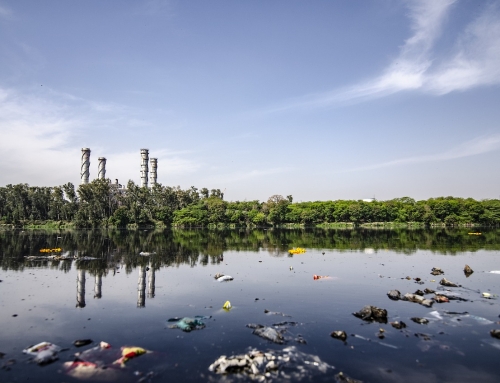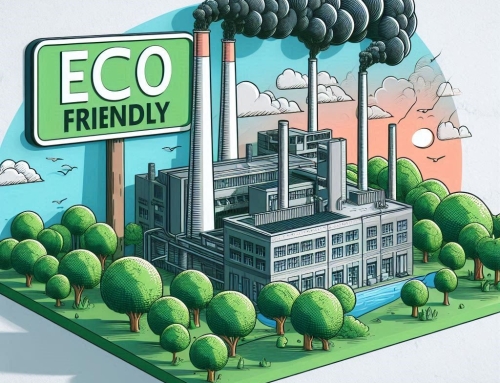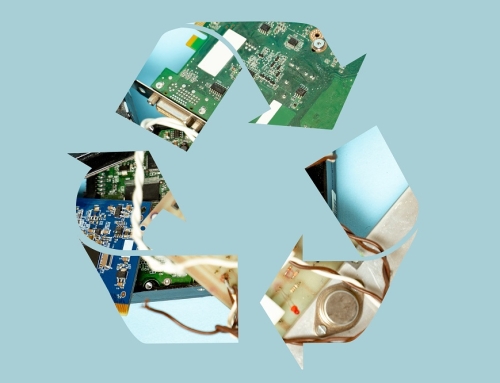Abierto el plazo de respuesta a la hoja de ruta del Plan de Acción de Economía Circular de la UE
Hasta el 20 de enero de 2020
El pasado mes de diciembre, la Comisión Europea presentaba la hoja de ruta para el cumplimiento del Plan de Acción de economía circular, derivado del Pacto Verde Europeo, cuyo objetivo es aumentar la circularidad en la UE. Para las empresas, instituciones o personas interesadas en aportar sus comentarios a esta hoja de ruta, se ha abierto un plazo de participación hasta el 20 de enero en este enlace facilitado por la Comisión Europea.
Podéis descargar la hoja de ruta completa y, os recomendamos la lectura del artículo publicado por Terraqui, despacho de abogados especializado en derecho ambiental, que sintetiza los puntos más importantes: Periodo de respuesta para la hoja de ruta de la UE: Nuevo Plan de acción de Economía Circular.
La Doctora Alicia Valero, Directora del Grupo de Ecología Industrial de Instituto Circe de la Universidad de Zaragoza, ha contribuido como Instituto Circe y R que erre, realizando tres recomendaciones a tener en cuenta para esta iniciativa legislativa. Por un lado, partiendo del ejemplo de la industria automovilística, presenta la necesidad de recuperar los metales raros que, aunque representan una pequeña parte del peso del vehículo, en comparación con el acero y el aluminio, son cada vez más necesarios en un mundo “electrificado” y cada vez más escasos en la naturaleza. Por otro lado, siguiendo con el ejemplo en el sector automovilístico, señala que los automóviles no están diseñados para que los materiales se reciclen y puntualiza la necesidad de mejorar esto a través del “Diseño para el reciclado”. También enfatiza en la falta de información en la cadena de valor, sobre la procedencia de los materiales y la necesidad de promover la “servitización” frente a la compra del producto para así controlar mejor el “fin de vida” del producto y facilitar la circularidad. Por último, insiste en la necesidad de reducir la burocracia, ya que representa una gran barrera para las empresas.
A continuación, os dejamos los comentarios y os animamos a participar:
Based on my research during the last 20 years and working together with resource intensive industries, I strongly recommend to tackle the following issues in the initiative and the legislation:
-
Legislating in «mass» terms is not effective. For the case of vehicles for instance, it is said that 85% of the mass of a vehicle should be recycled. Yet there are many important metals (critical raw materials) constituting a small amount of the total weight, but extremely important (Co, Au, Ta, Nd, Ni)… With electrification, the amount of such materials is rapidly increasing. However, such materials become lost at the EoL or downcycled in steel or aluminum alloys! We should legislate considering the quality of the materials. In this aspect, thermodynamics (exergy) can help a lot!
-
Continuing with the vehicle example (although applicable to any product), steel is usually the material that is recycled. However, you can find more than 40 different types of steel in a car. At the end of life, all types of steel are mixed and the result is a low quality steel that needs again new raw materials to upgrade it again. How to tackle this issue? 1. Design for recycling. The car becomes fragmented because it is extremely difficult to disassemble the valuable parts. Materials are very often made as a combination of elements that are impossible to recycle (entropy of the mixture increases!) 2. Information exchange along the value chain: there is currently no information flowing from the raw material producers, part manufacturers, product manufacturers, users and end of life treatment facilities. A car manufacturer barely knows which materials are contained in their cars and where do they come from (illegal mining, perhaps!?), but the recycler has no idea at all. 3. Standardisation of tools and procedures, so that it becomes much easier to disassemble and recycle. 4. Foster the creation of dedicated recycling facilities (not just the regular ones that obtain Fe, Al, Cu, glass and plastics) able to recover critical raw materials (i.e. much more metallurgy is required here!). 5. Foster servitization, so that the owner is the producer. In that way, there is more control about the end of life of products and for the sake of the producers, products will surely be more robust and recyclable to recover the valuable materials again.
-
Please, please, please reduce bureaucracy when it comes to using wastes as raw materials. There are so many companies willing to apply circular economy principles (for their own sake) but cannot because of legislation barriers. Currently, the view is that a waste is something harmful for the environment and needs to be put away. A company that wants to use that waste is sometimes seen as trying to undertake something illegal and harmful. Instead, we should help companies to use wastes as resources (foster industrial symbiosis as well) and control that everything is being done correctly (and not the way around: hinder such practices, but once they have the allowance no further control is undertaken).






